Whether you're a kid zooming around the playground, a busy parent squeezing in a quick jog, or a grandparent enjoying a leisurely swim, burning calories is like fueling your body's engine. Calories are just units of energy from food, and exercise helps us use them up, keeping us healthy, energetic, and ready for life's fun moments. With smartwatches buzzing and apps gamifying fitness, it's easier than ever to turn calorie burning into a game. But what really ramps up the burn? Let's dive into the science, explore the magic of afterburn, and chat about trends buzzing on social media. No matter your age, there's a calorie-torching trick here for you!
The Calorie-Burning Champions: Exercises That Pack a Punch
Ready to supercharge your calorie burn? We've curated a list of the top 10 exercises that torch the most calories, based on scientific data. These are ranked roughly by average calories burned per hour for a 155-pound person (adjust for your weight—higher weight means more burn!). Each one includes fun adaptations for all ages, estimated calories, and supporting studies. Remember, intensity matters—crank it up for max results!
-
Running: The ultimate calorie incinerator, running can blast 600-1,000+ calories per hour depending on speed. Kids can turn it into tag games, teens sprint intervals, and seniors power-walk. It's accessible anywhere and builds endurance. A Harvard Health study shows running at 6 mph burns about 600 calories in 30 minutes for a 155-pound person. For vigorous running, Mayo Clinic reports up to 606 calories per hour at 5 mph, scaling higher with intensity.
-
Jumping Rope: Skip like a pro and burn 500-1,000 calories per hour! It's playful for children (think rhymes and tricks), challenging for adults with double-unders.
Builds coordination and bone strength. Healthline cites it at 562 calories per hour for 155 pounds. Cleveland Clinic notes fast-paced jumping rope hits 816 calories per hour.
-
Boxing: Punch your way to 600-800 calories burned per hour. Fun shadowboxing for kids, bag work for families—boosts confidence and agility. A CAROL Bike review highlights its high-intensity benefits for endurance. Studies show similar full-body cardio like this elevates heart rate effectively.
-
Rowing: Pull through 500-800 calories per hour on a machine or water. Low-impact, great for grandparents with joint issues, or family ergometer challenges. Engages 86% of muscles! CAROL Bike sources note 587-881 calories average. Cleveland Clinic confirms moderate rowing at 476 calories, extreme at 714.
-
Swimming: Dive in for 400-700 calories per hour. Perfect for all ages—kids splash laps, elders do water aerobics. Low-impact, full-body fun. Time magazine and Healthline back it as rivaling running. Mayo Clinic lists light laps at 423 calories per hour. Vigorous styles amp it up to 680, per Cleveland.
-
Cycling/Stationary Biking: Pedal away 400-800 calories per hour. Family bike rides or indoor spins with music—adaptable for everyone. CAROL Bike emphasizes HIIT cycling for max burn. Healthline reports 596 calories for vigorous biking. Cleveland notes 816 at 16-19 mph.
-
High-Intensity Interval Training (HIIT): Torch 400-600 calories in just 30 minutes! Bursts like jumping jacks for kids or modified squats for seniors. Mayo Clinic reviews its weight loss efficiency. CAROL Bike cites up to 600 in 30 minutes, with EPOC benefits.
-
Stair Climbing: Climb to burn 500-800+ calories per hour. Use home stairs for quick family races or slow ascents. The Healthy ranks it high for fat loss. CAROL Bike includes it in top burners.
-
Cross-Country Skiing: Glide through 500-700 calories per hour (or simulate on machines). Winter fun for all, building cardio and strength. Often listed in compendiums like Ainsworth's MET values from Mayo. CAROL Bike notes its high ranking.
- Circuit Training: Cycle exercises for 400-650 calories per hour. Mix push-ups, squats—gamify for kids, gentle for elders. Builds muscle too. Healthline shows 596 calories. CAROL Bike averages 600-650.
These aren't just numbers; they're tickets to feeling unstoppable, supported by real science.
The Afterburn Magic: Why Your Body Keeps Burning Calories Long After You Stop
Ever wonder why you feel warm and energized hours after a playground chase or a yoga session? That's the afterburn effect, scientifically known as Excess Post-Exercise Oxygen Consumption (EPOC). Yes, you do continue burning calories post-exercise—sometimes for up to 24-48 hours! EPOC happens because your body works overtime to restore oxygen levels, repair muscles, and replenish energy stores, like a car engine cooling down but still humming. For kids, this means extra playtime energy; for adults, it boosts daily calorie burn by 5-15%.
A PubMed study on exercise intensity shows that higher efforts (like HIIT) amplify EPOC, increasing metabolism by up to 10-15% for hours. Cleveland Clinic explains it's the "afterburn" that adds bonus calories, especially after resistance training. Why? Your body clears lactic acid, regulates hormones, and rebuilds glycogen—think of it as your internal cleanup crew working extra shifts. A PMC article confirms interval exercises spike EPOC more than steady ones. Even gentle walks for seniors trigger mild EPOC, per UNM research, proving it's accessible for all ages. So, that post-workout glow? It's your body secretly torching more fuel!
Tracking Calories: Your Secret Weapon for Smarter Health Choices
Imagine your body as a video game character with an energy bar—tracking caloric intake is like monitoring that bar to level up without crashing. Why bother? It builds awareness, helping you spot sneaky habits like extra snacks that add up. For families, it's a fun way to teach kids about balanced eating; for adults, it prevents overeating and supports weight goals. Harvard Health notes tracking aids safe weight loss by creating a 500-1,000 calorie deficit daily. Benefits include better portion control, accountability, and reflection—MSU Extension says it reveals eating patterns for lasting changes. A PMC study found consistent trackers lose more weight, up to 7 extra pounds. It's not about obsession; it's empowerment. Seniors might track to maintain energy, while teens learn nutrition basics. Mayo Clinic emphasizes that eating fewer calories than burned leads to sustainable loss, making tracking a practical tool for all. Turn it into a game: Who can hit their veggie quota first?
Supplements and Calorie Burn: Hype or Help?
Supplements promise a calorie-burning boost, but science says results are modest at best. Thermogenics like caffeine can rev metabolism by 3-11%, per Healthline, aiding fat oxidation during exercise. A PMC study on thermogenic blends showed increased caloric expenditure, but only when paired with activity. Capsaicin from peppers might curb appetite, reducing intake by 50-200 calories daily, per NIH factsheets. However, AARP and WebMD warn evidence is weak for long-term weight loss, with no magic pill replacing diet and movement. For kids? Stick to food; adults might try green tea extract for a gentle nudge.
Spotlight on Xendurance Lean+: A Targeted Fat-Burner Option
Deeper into supplements, Xendurance Lean+ stands out for its blend aimed at toning and metabolism. With Forslean (coleus forskohlii), clinically proven to promote fat loss and lean mass, plus green tea extract for fat oxidation, it may reduce cravings and boost calorie burn. Reviews on YouTube and Reddit note visible leaning within weeks, especially with workouts, though it's not a standalone miracle. Chromium picolinate helps blood sugar control, potentially curbing carbs. Best for active adults; pair with exercise for that extra edge.
App-tastic Tracking: Best Tools to Count Your Calorie Conquest
Turn calorie tracking into a digital quest with apps that make it fun for everyone—from kid-friendly games to senior-simple interfaces. MyFitnessPal tops lists in 2025, logging food, exercise, and burned calories with a vast database; Garage Gym Reviews praises its RD-approved accuracy. Cronometer excels in micronutrient tracking alongside calories, ideal for detailed health nuts. FatSecret's exercise diary records burns, with calendars for progress—Google Play users love its reports. Strava gamifies runs and bikes for social burns, per Zapier. Lose It! or Mango Bites add Duolingo-style fun, per Reddit. These apps sync with wearables, making tracking effortless and engaging.
Wrapping Up the Burn: Track Calories to Lose
From sprinting like a superhero to tracking with tech, burning calories is an exciting journey for every age. Embrace the science, ride the trends, and remember: It's about feeling great, not perfection. Lace up, log in, and go into 2026 with the mindset this will be your fittest year yet!


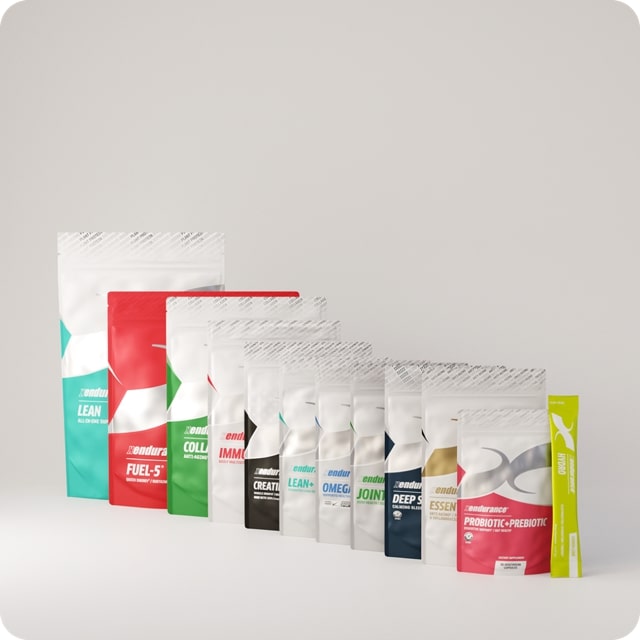
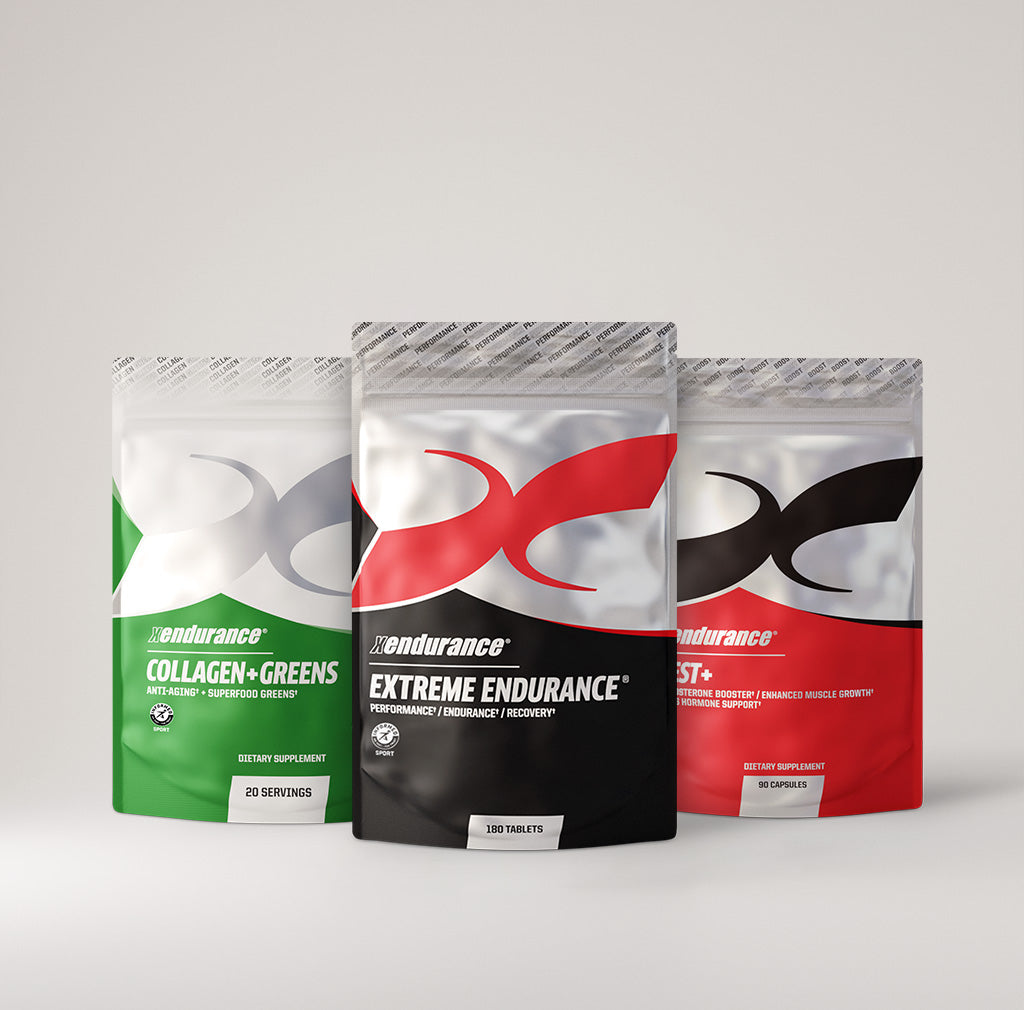
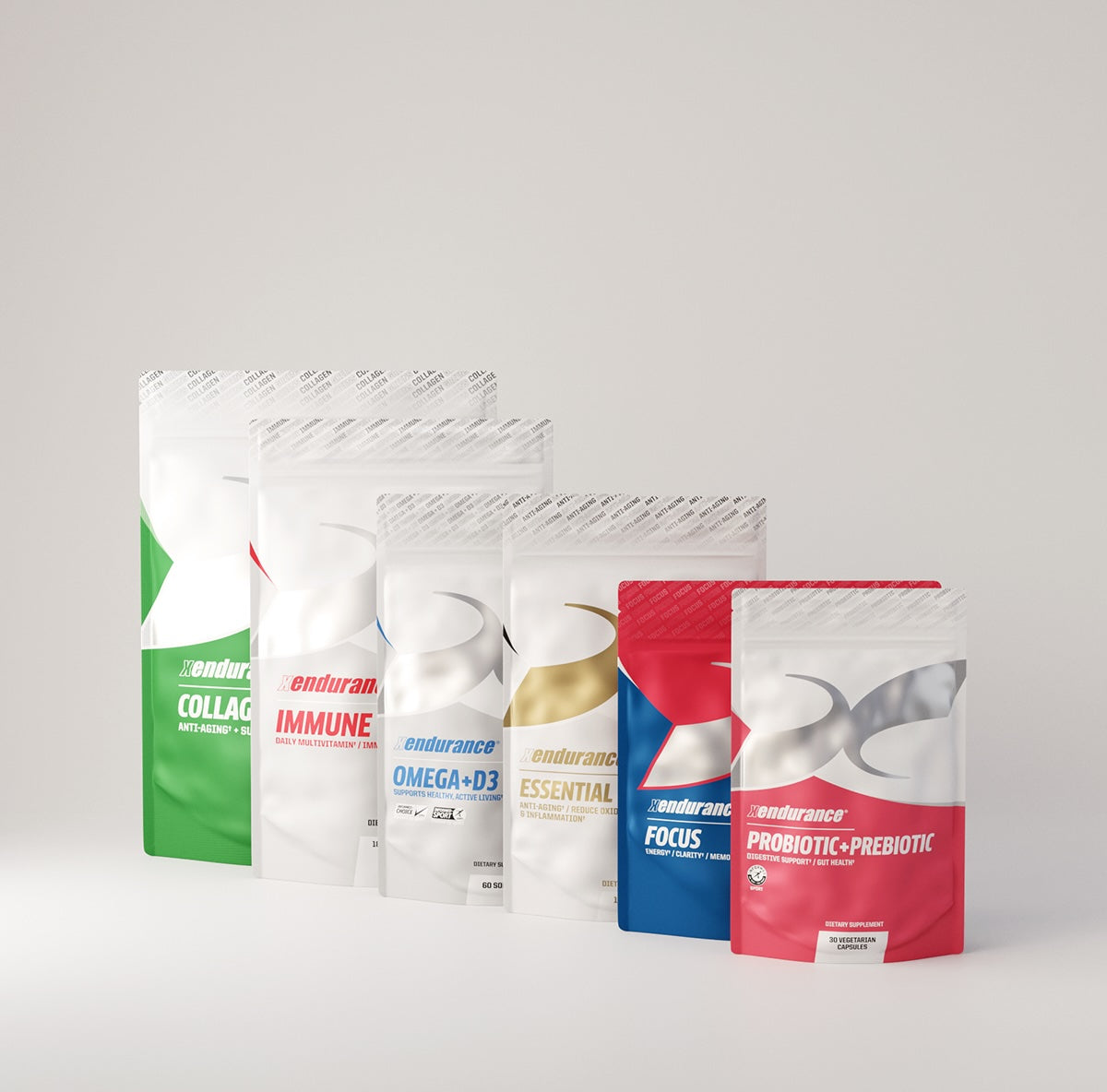
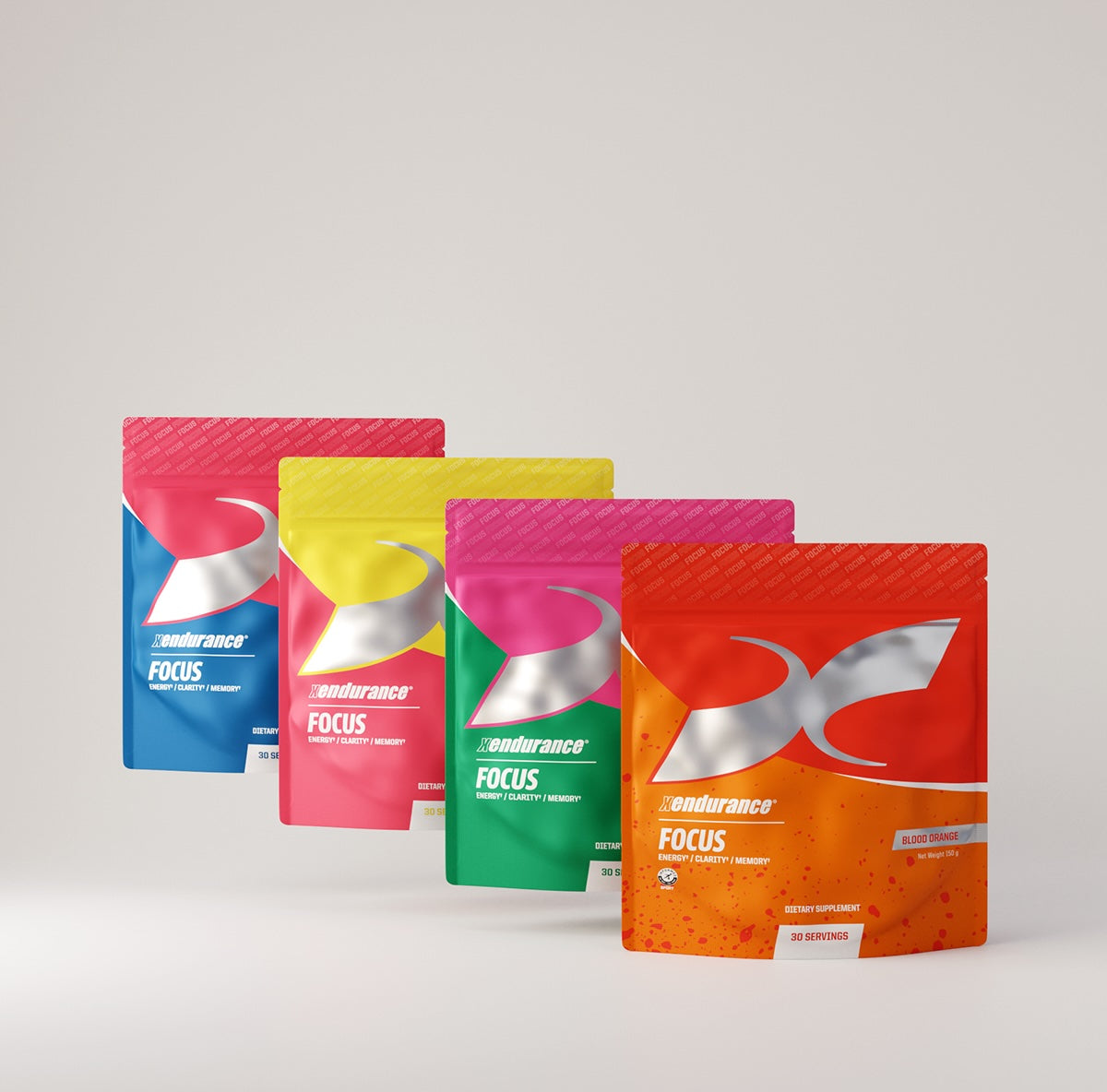
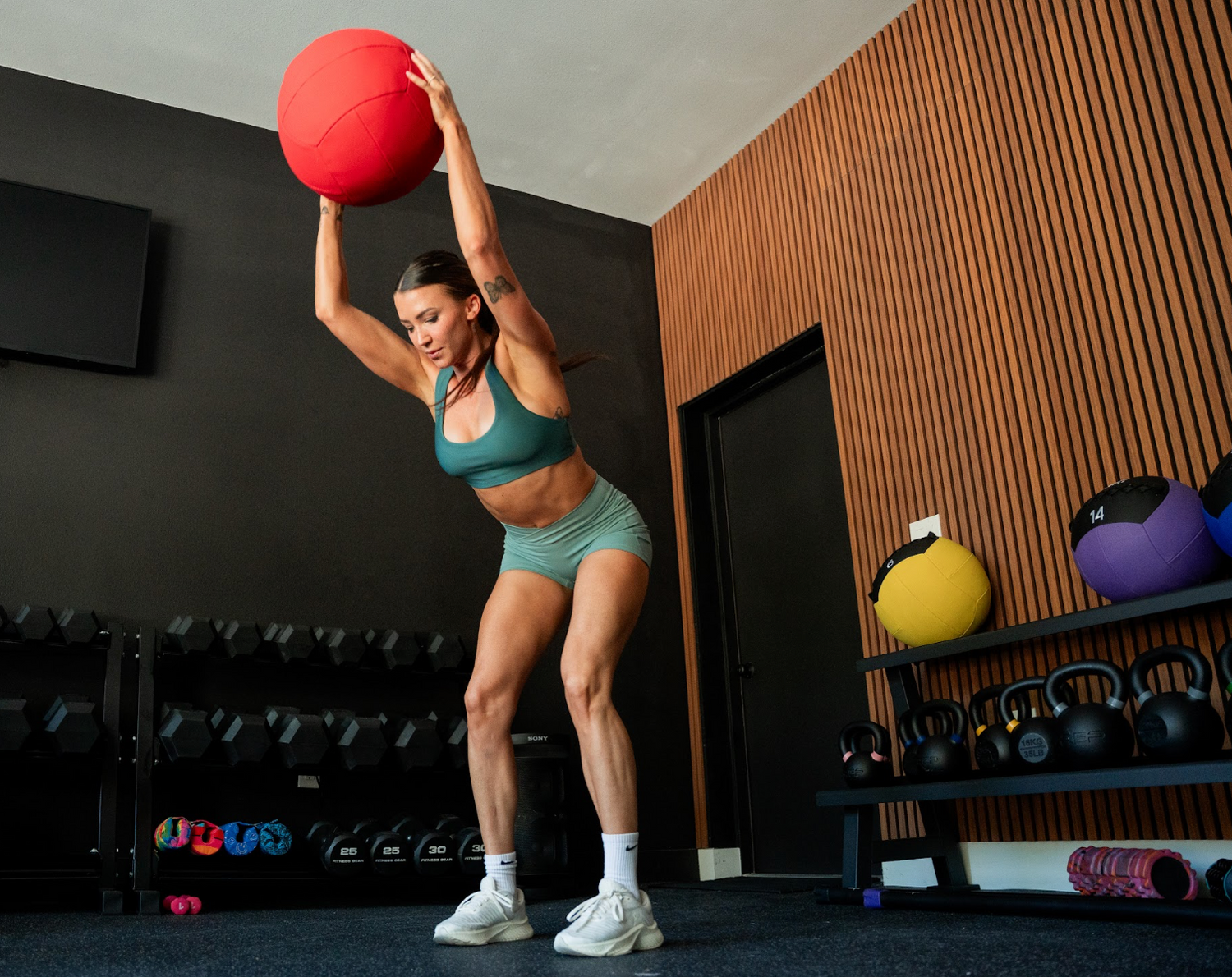
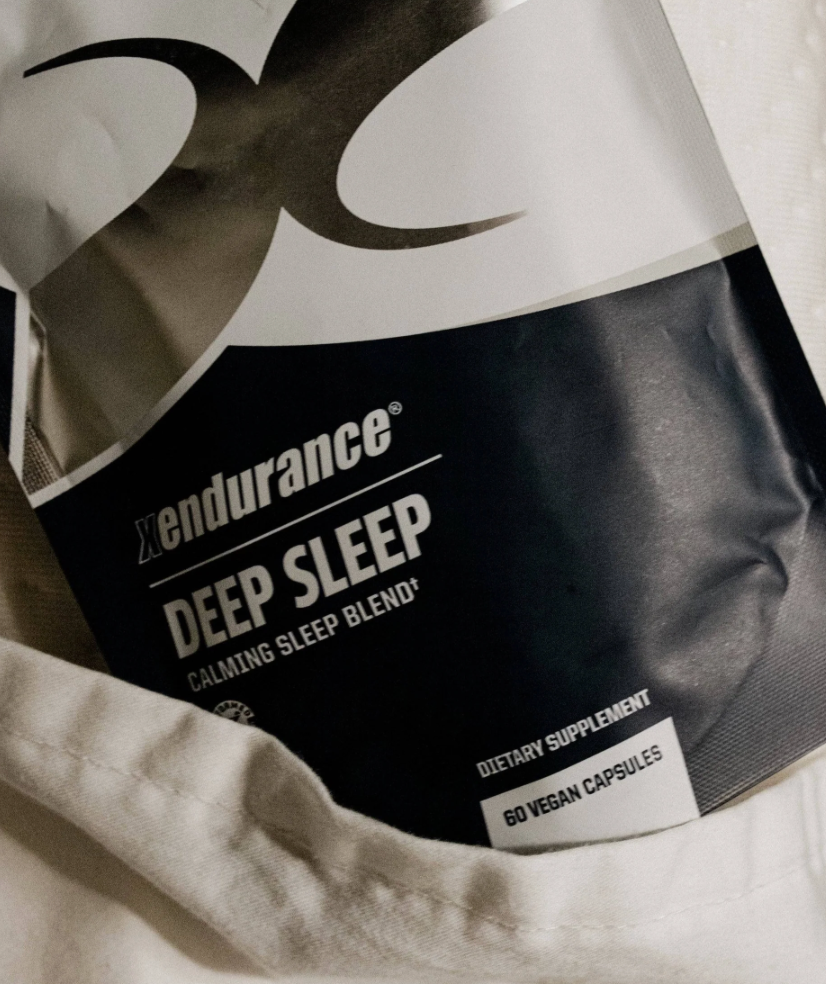
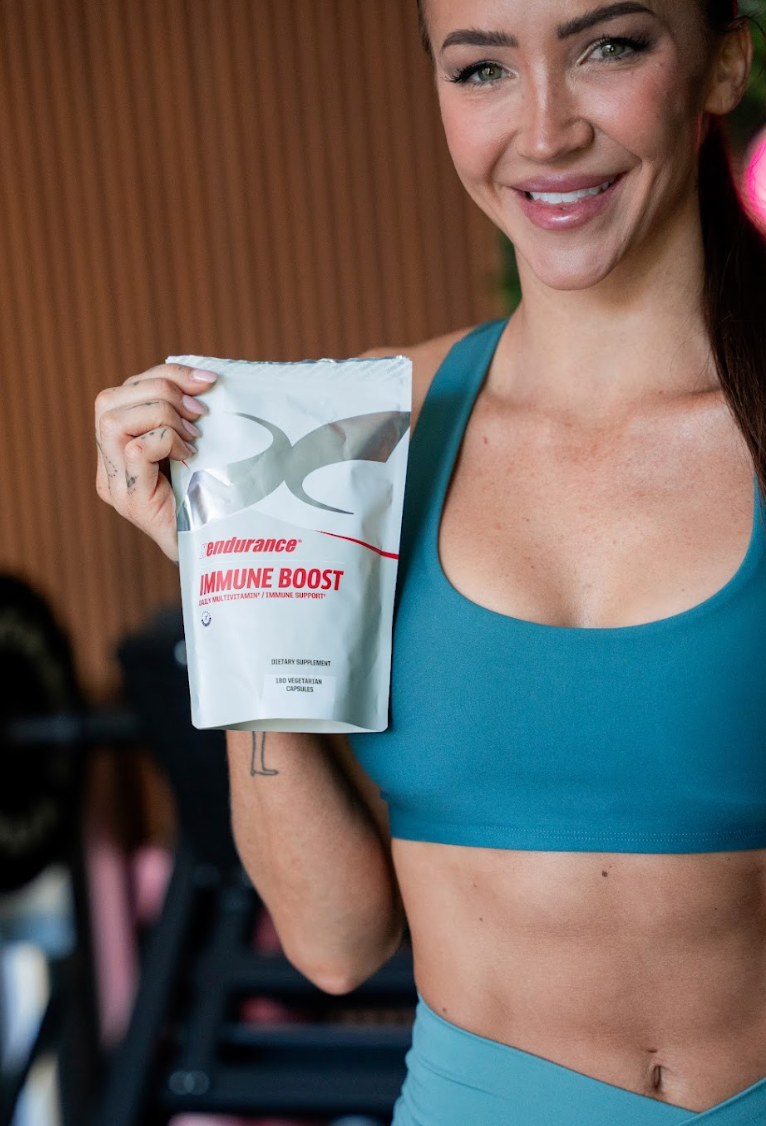
Leave a comment
This site is protected by hCaptcha and the hCaptcha Privacy Policy and Terms of Service apply.